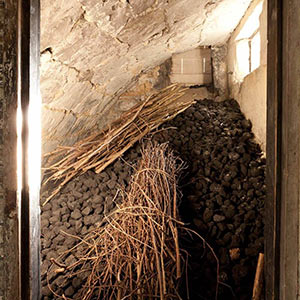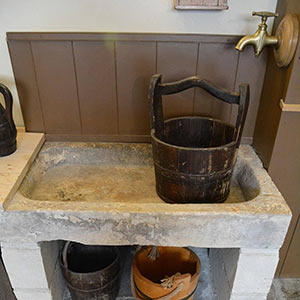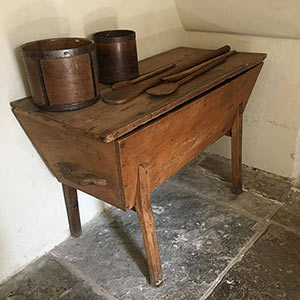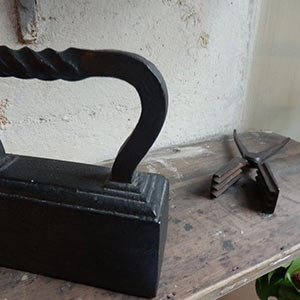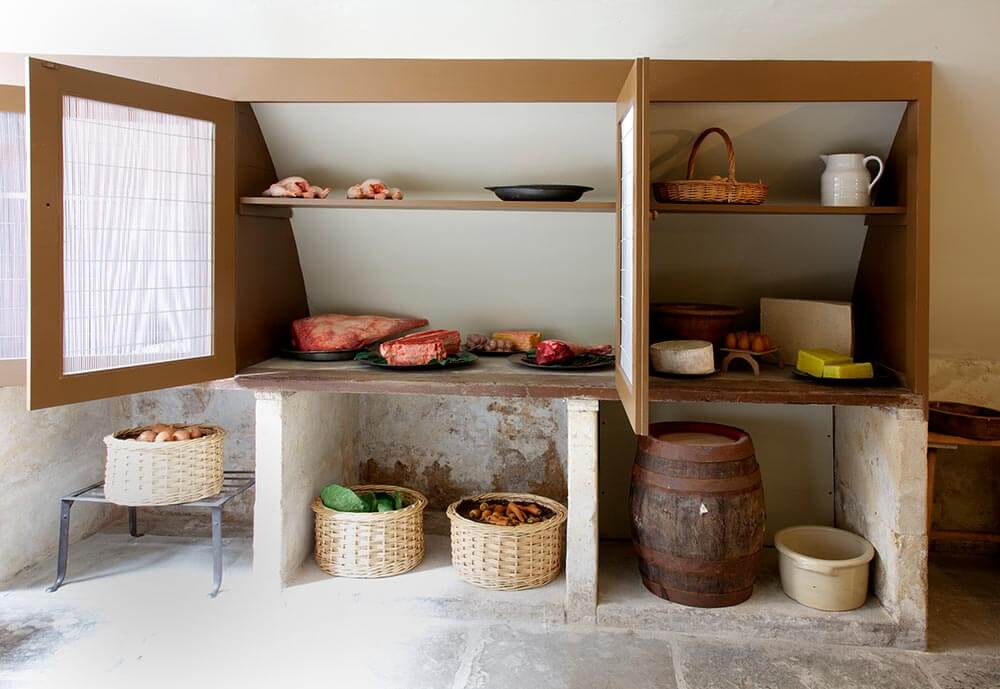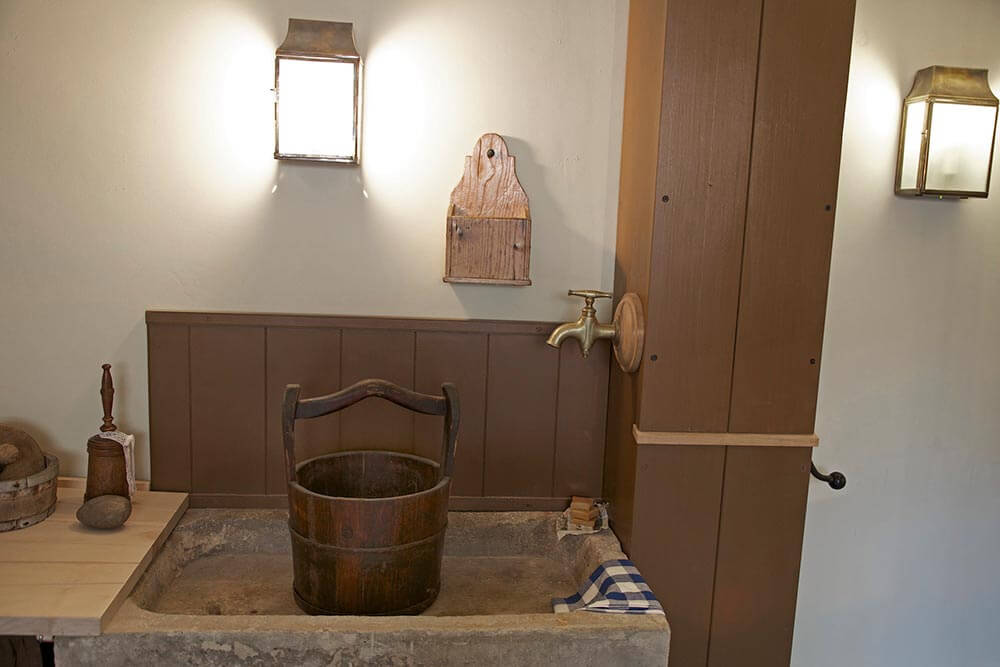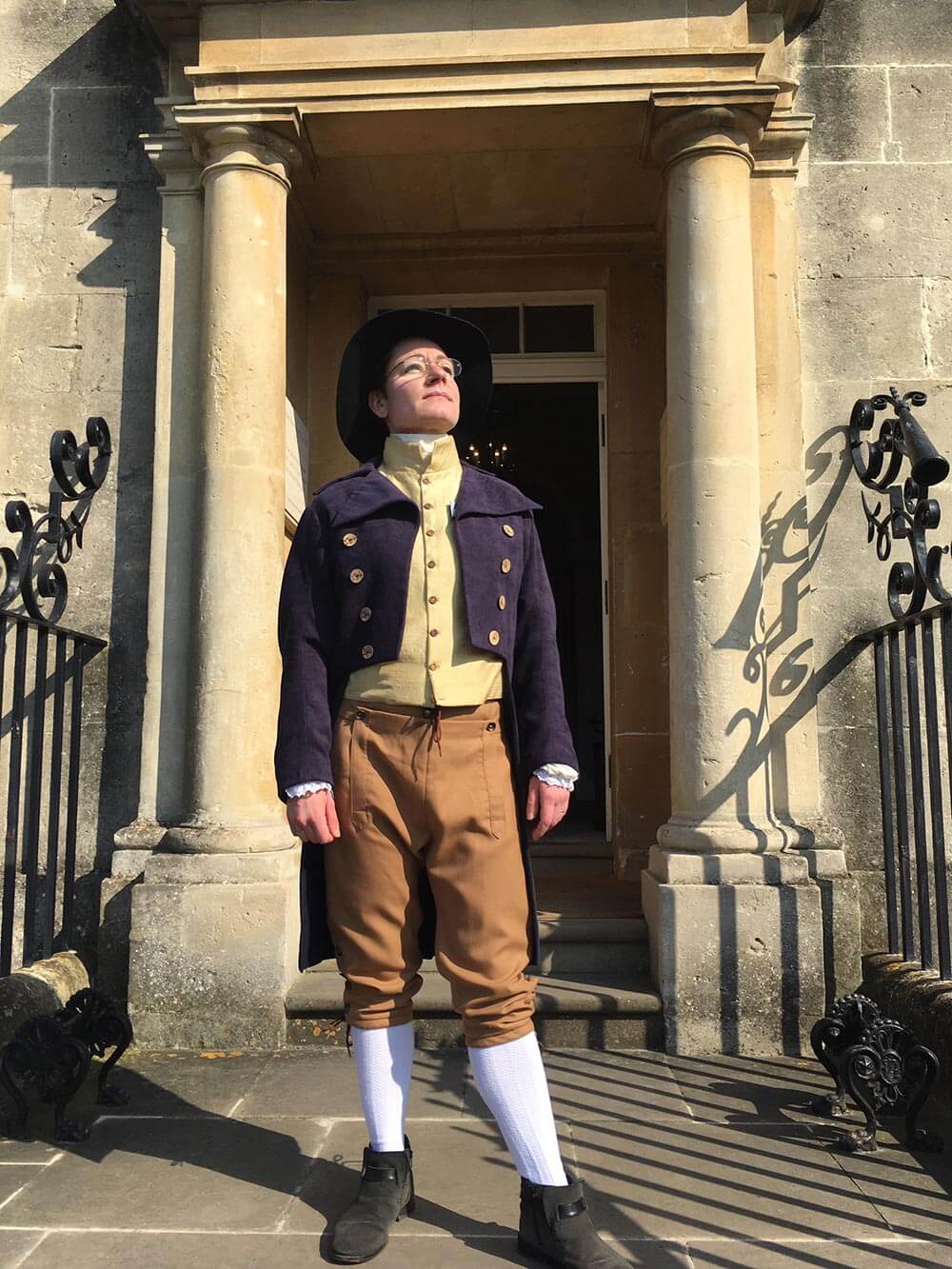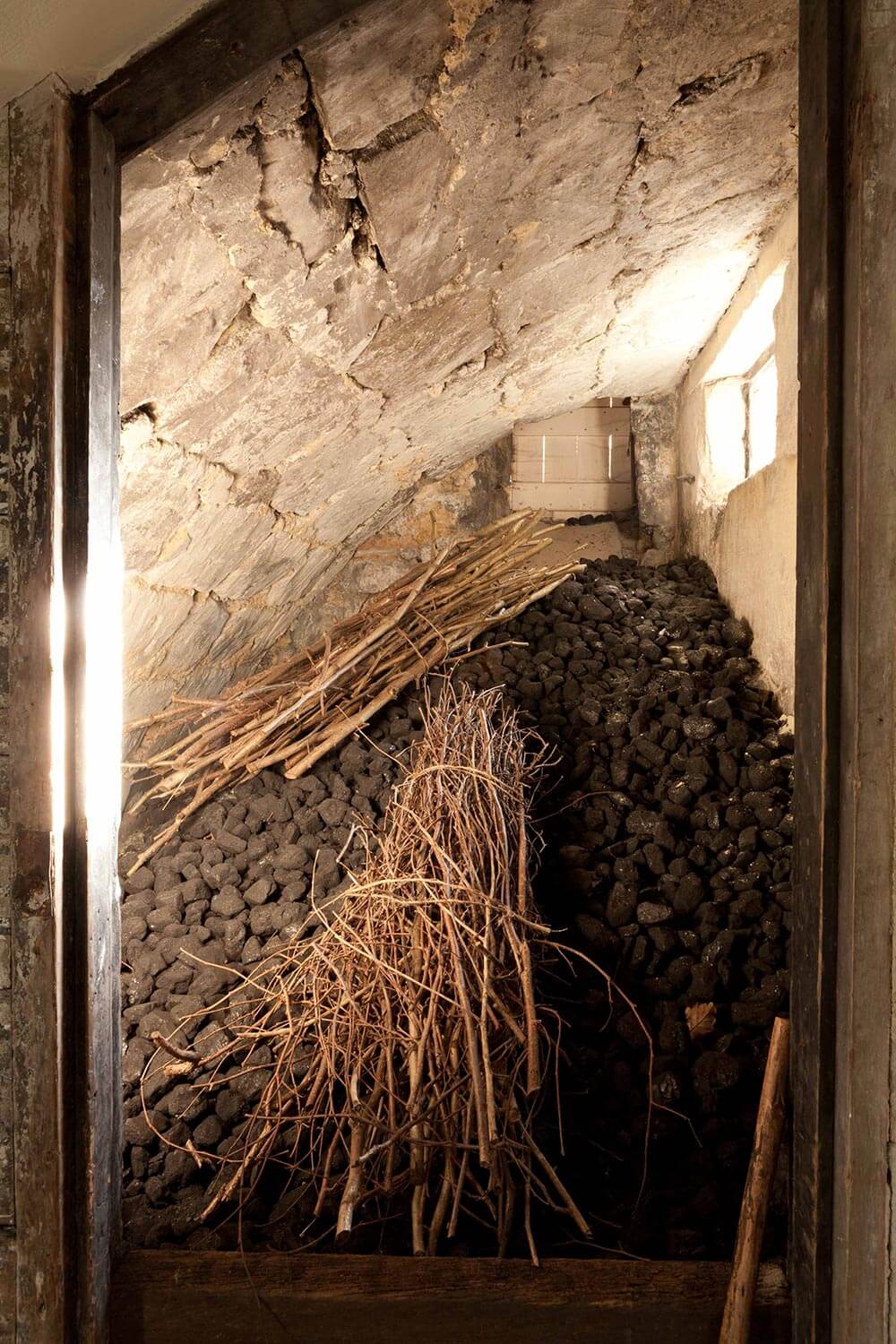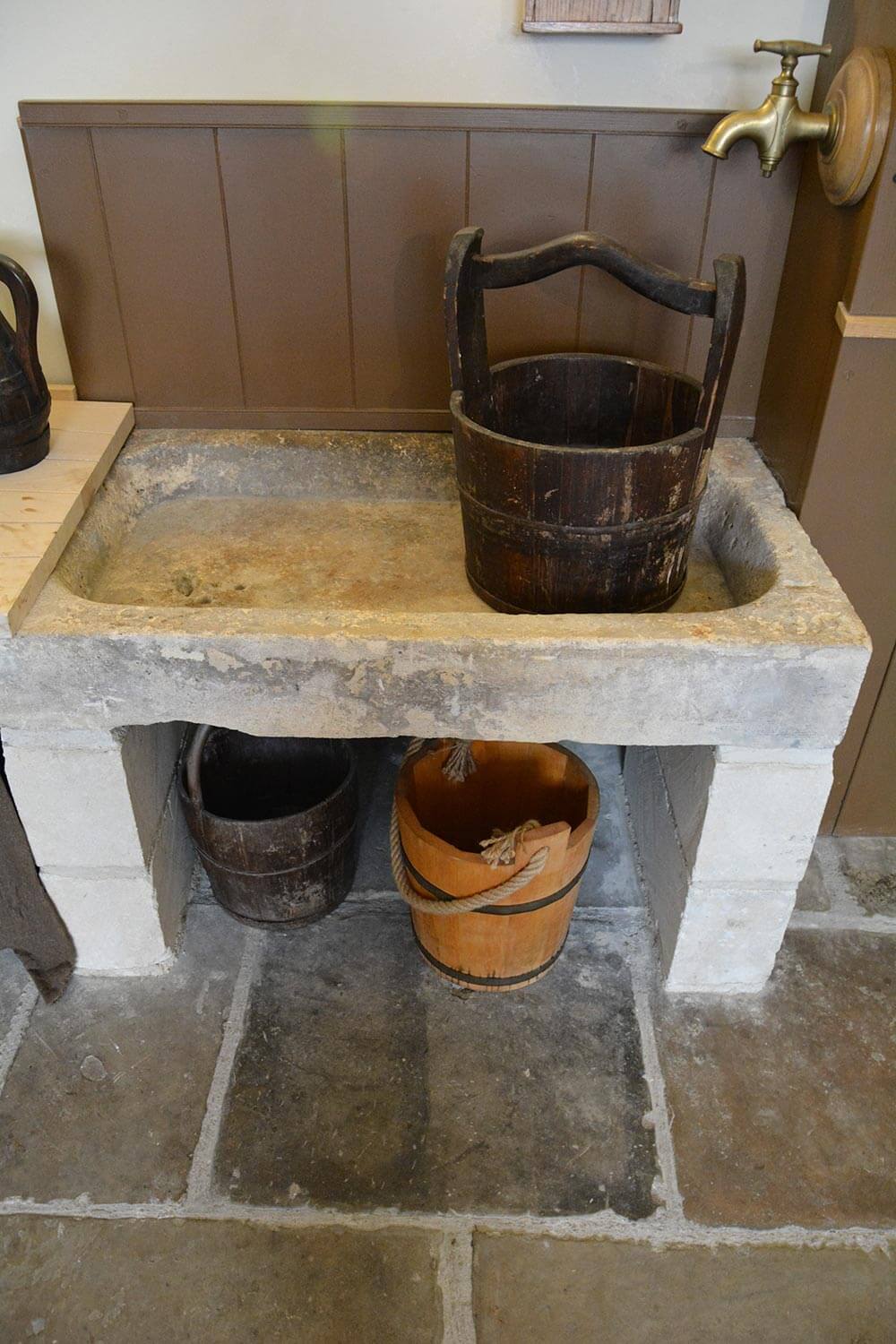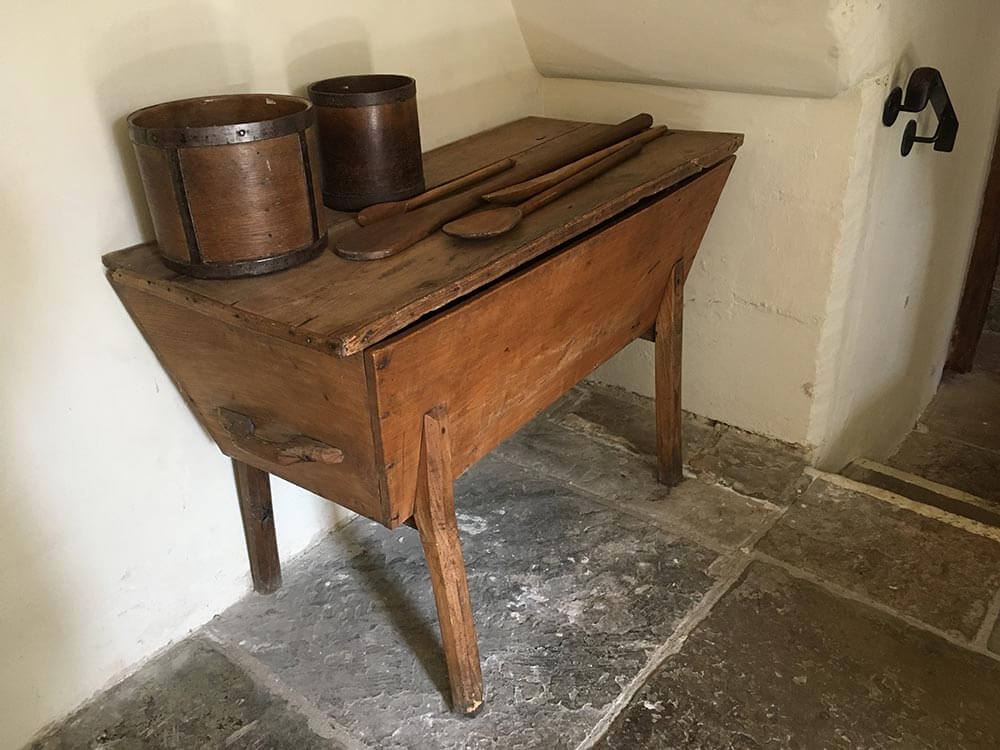This was a multi-functional area. It provided facilities for household cleaning and some laundry, although in Bath laundry was also often sent out to the nearby village of Weston. These cleaning jobs were always kept separate from the Kitchen. The Scullery Maid probably also slept in this room.
This website uses cookies so that we can provide you with the best user experience possible. Cookie information is stored in your browser and performs functions such as recognising you when you return to our website and helping our team to understand which sections of the website you find most interesting and useful.

